Last Updated on November 12, 2025 by Emma Fajcz | Published: October 22, 2024
The city formerly known as Augusta Emerita was founded in 25 B.C. by—wait for it—Roman Emperor Augustus. The name “Emerita,” is derived from the Latin word for “retired” because it was here where many Roman soldiers came to live out their post-working days. Augusta Emerita was one of the most important cities in all of Roman Hispania. Today, Merida—derived from “Emerita”—is a thriving city of 60,000 denizens in Extremadura in western Spain.
But best of all, the Roman ruins of Merida are the best, largest, and most preserved collections of Roman artifacts in all of Iberia. So much so that it is even under the protection of UNESCO. If you’re in Extremadura or are aiming to gravitate there, put Merida on you itinerary. Particularly if you’re a fan of Roman architecture, prepare yourself to be wowed by the jaw-dropping 2,000-year old ruins of Merida.
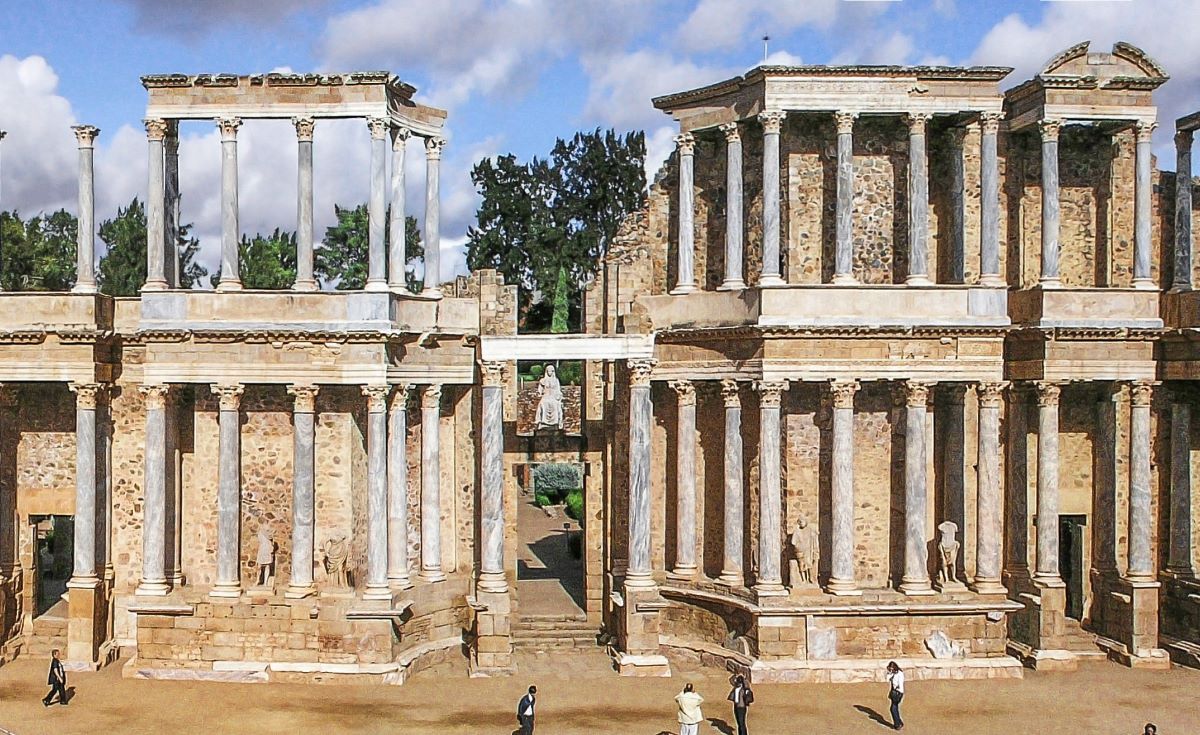
Roman Bridge
Start your tour of Roman ruins in Merida by taking a stroll across the Puente Romano, or Roman Bridge. At 755 meters, or almost 2,500 feet, this stone span over the Guadiana River, is the longest Roman Bridge in the world. It’s hard to believe now, but there was a time when automobile traffic was allowed to drive across the bridge. In 1991, it was fully pedestrianized. On one side of the bridge is the Alcazaba de Merida, a Moorish fortification built in the ninth century during the Arab occupation.
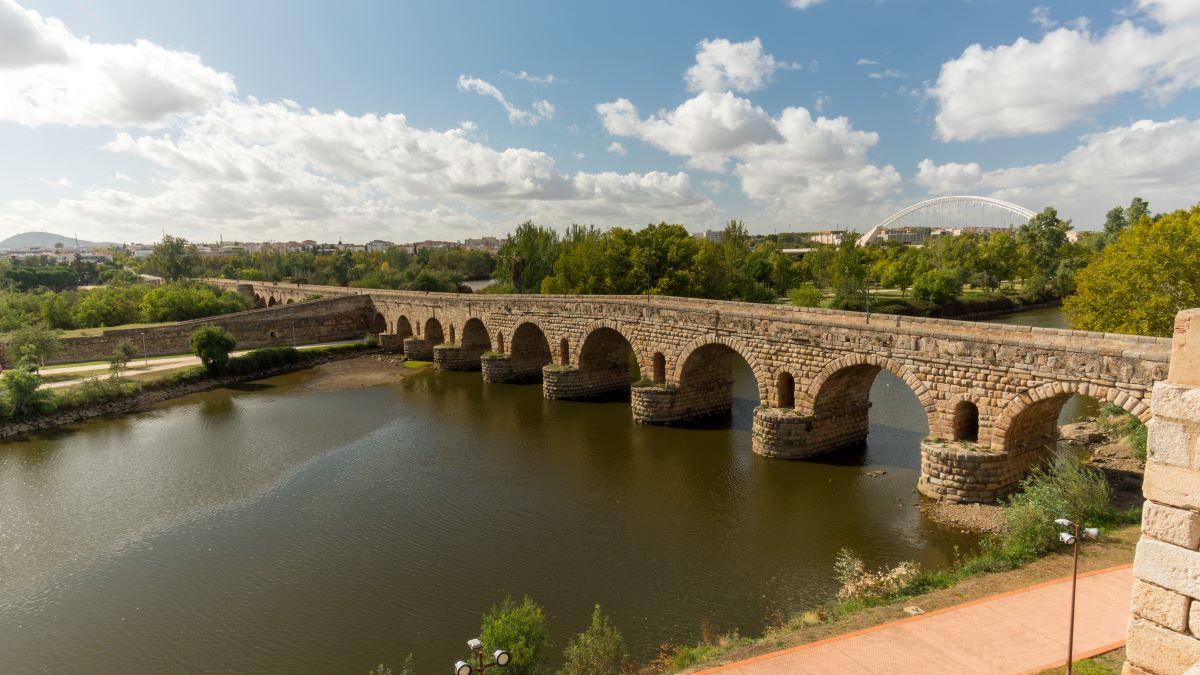
Roman Forum
The Forum of Merida isn’t as big as that of Rome—much of it was sadly paved over in the centuries that followed the fall of the Roman Empire—but it is still impressive. Don’t miss the Temple of Mars, the Arch of Trajan, and the porticos, dating from the first century, A.D. where you can see several niches that once held statues of the gods. There are several remnants, including statues, from the Forum that are today housed in the National Museum of Roman Art.
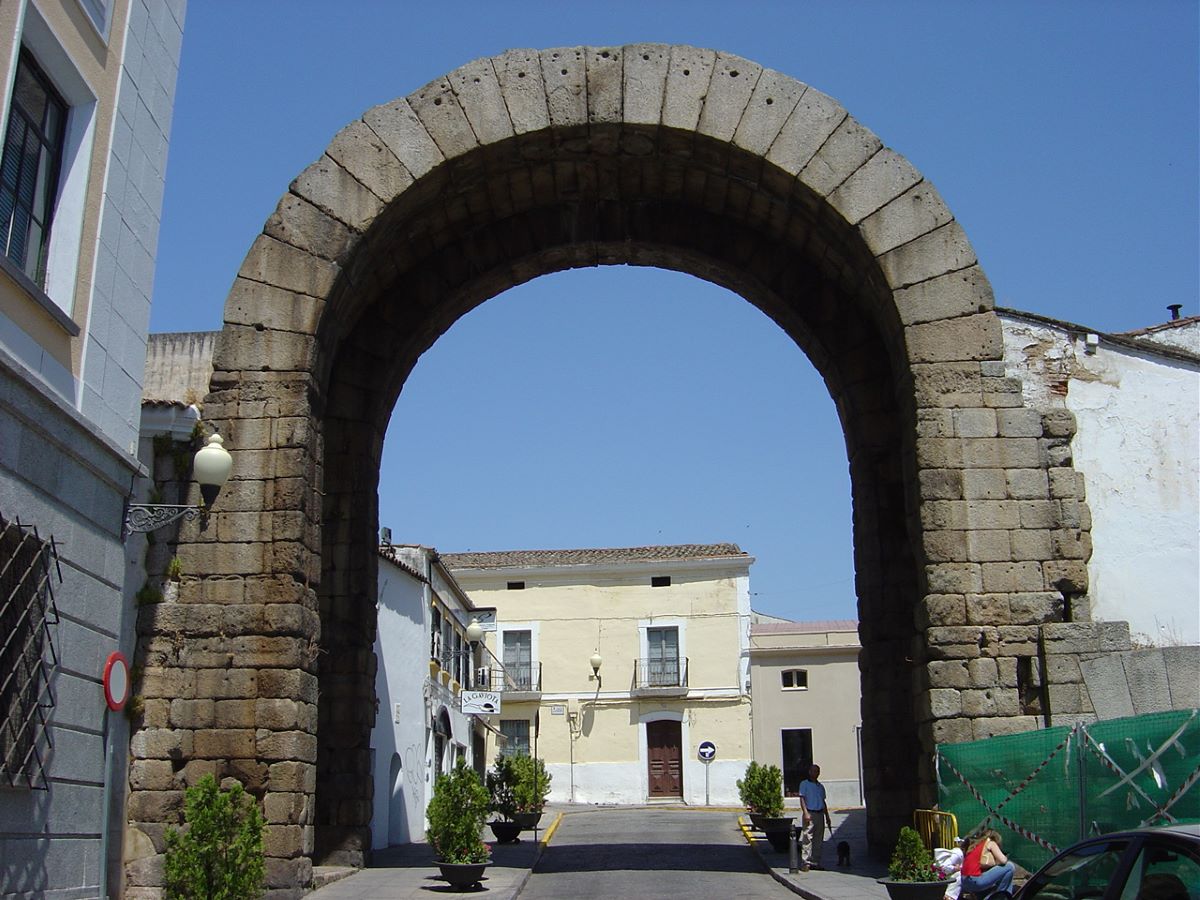
Temple of Diana
Definitely one of the most impressive Roman ruins in Merida, the majestic Temple of Diana is simply spectacular. With most of its columns still standing, the rectangular temple was built during the time of Augustus. One reason why it’s so well preserved today is because for centuries it was the foundation and shell of a Renaissance-era palace—home of the Count of Los Corbos.
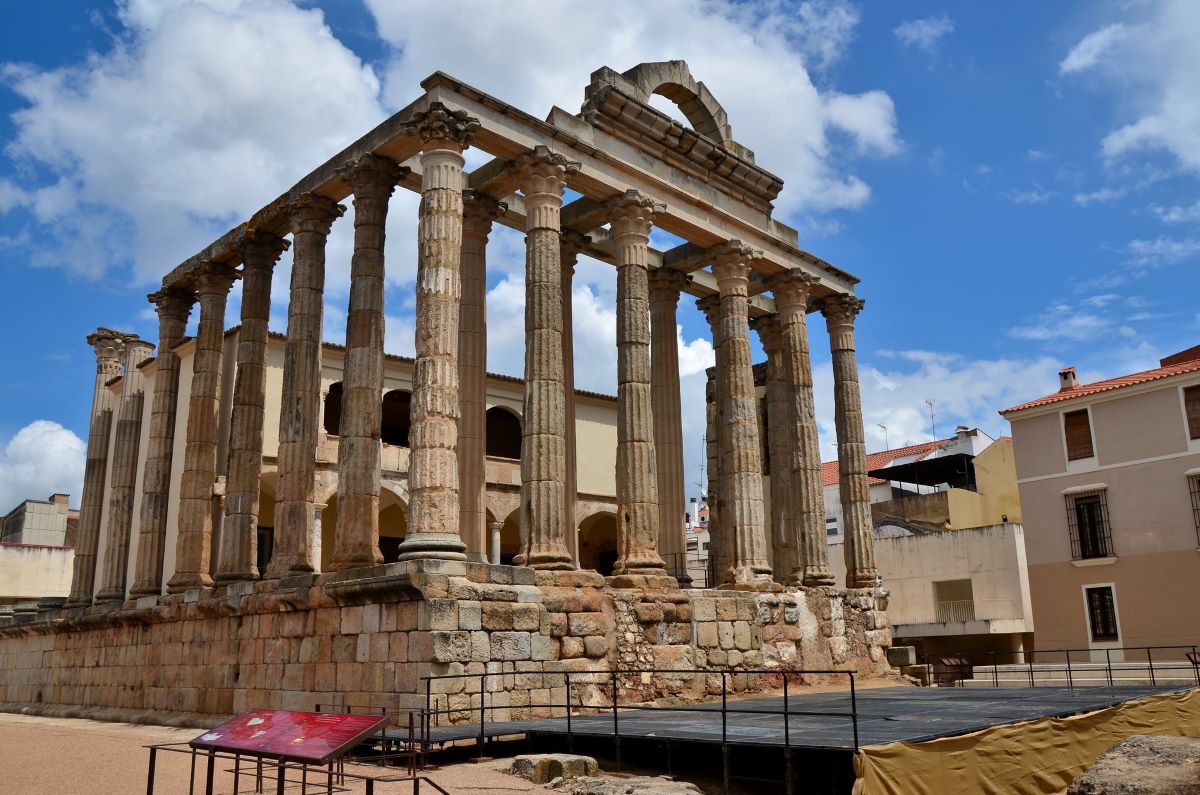
Circus Maximus
Roman history lovers are well aware of the plus-sized Circus Maximus in Rome, but Merida has an impressive one as well. This oblong-shaped arena is 1,300 feet long and about 100 feet wide.
The structure took about 30 years to complete and was finished around the year 10 A.D. At the time, it was set outside of the city walls and on the road stretching between Toledo and Cordoba. Unlike the Circus Maximus in Rome, the Merida version is still quite impressively preserved. Don’t miss the museum dedicated to the structure on the circus grounds.
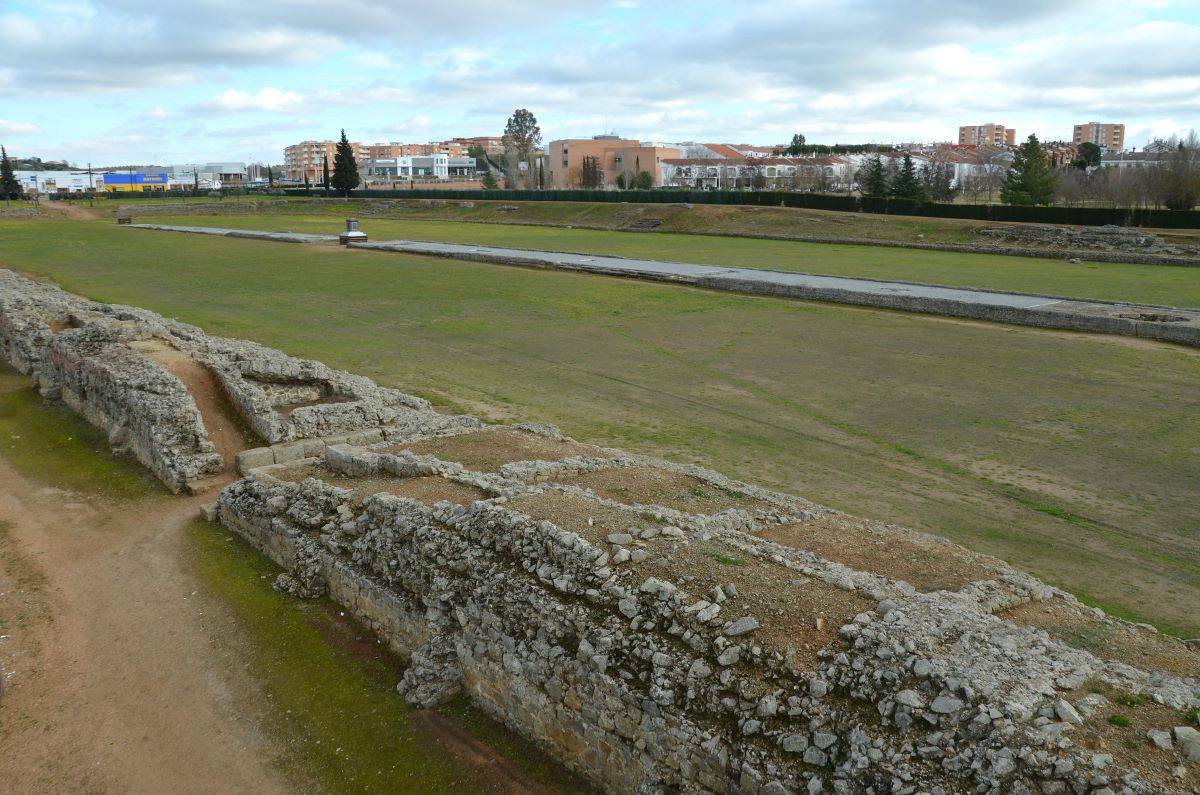
Aqueduct of the Miracles
There is only a sliver of the Acueducto de los Milagros, or the Aqueduct of Miracles, remaining but it still manages to be majestic. The arcade of 38 arched pillars rise about 80 feet high and stretch for about 2,700 feet—two millennia ago, the aqueduct was three miles long, going all the way to the Cornalvo reservoir. The aqueduct was apparently giving the name “Miracles” because of the awe in which the grand structure once inspired.
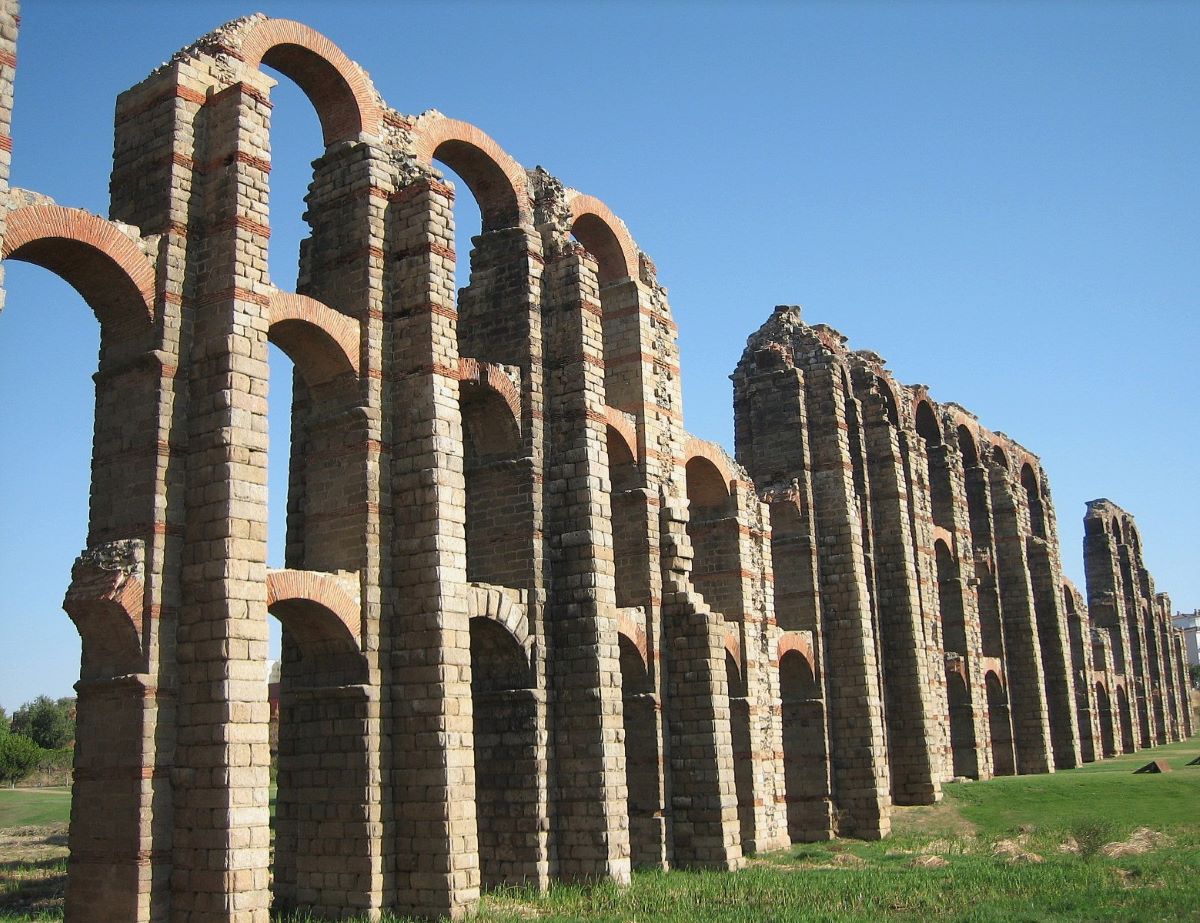
Roman Amphitheater
The partially preserved Roman amphitheater of Merida was finished in 8 B.C. and was used as a venue for gladiator fights as well as duels to the death between man and beast, as well as beast versus beast. Back in the day, it could hold 15,000 people.
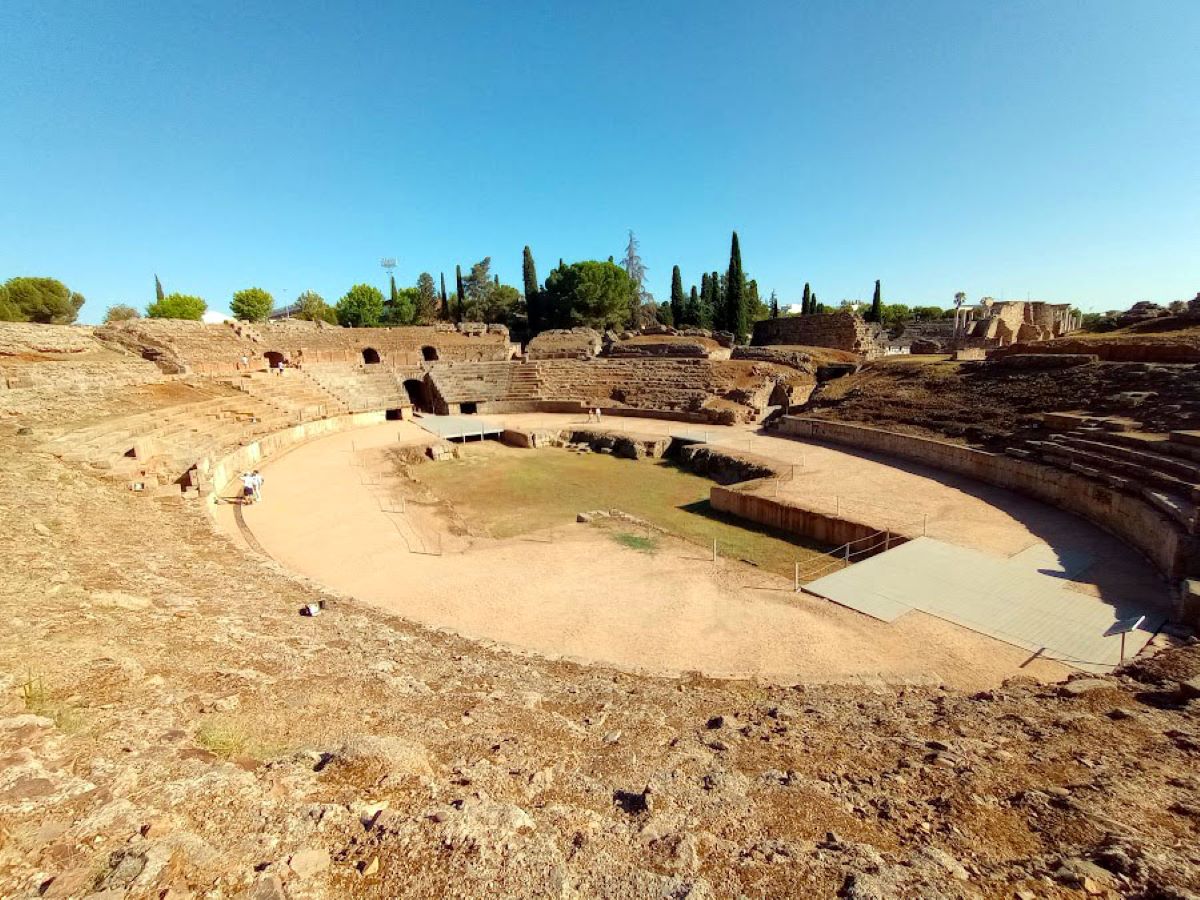
Roman Theater
Perhaps the most impressive of the Roman ruins in Merida is the Roman theater. Built in 16 B.C., the theater is still home to plays and performances throughout the year. During the theater’s peak, it could hold as many as 6,000 spectators. Interestingly, until the late-19th century, only parts of the theater were visible, as it was buried by earth. Excavations began in 1910 and by 1933, performances in the theater began.
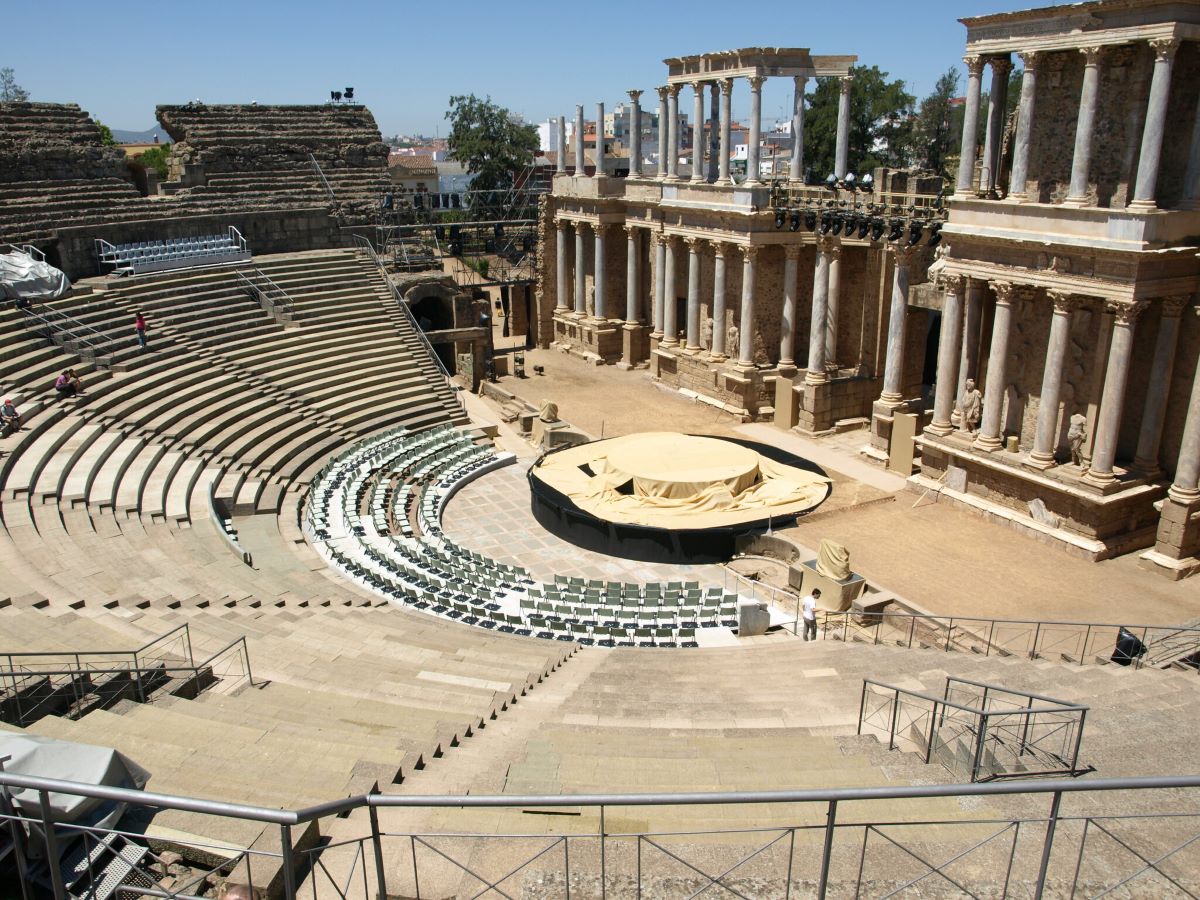
As you can see, the Roman ruins in Merida are simply remarkable. Walking around these ancient buildings really gives you an appreciation of how well these monuments have been preserved over the centuries. If you’d like to see some more of Spain’s fantastic gems, check out our tours in cities such as Madrid, Barcelona, Sevilla, and San Sebastian.









